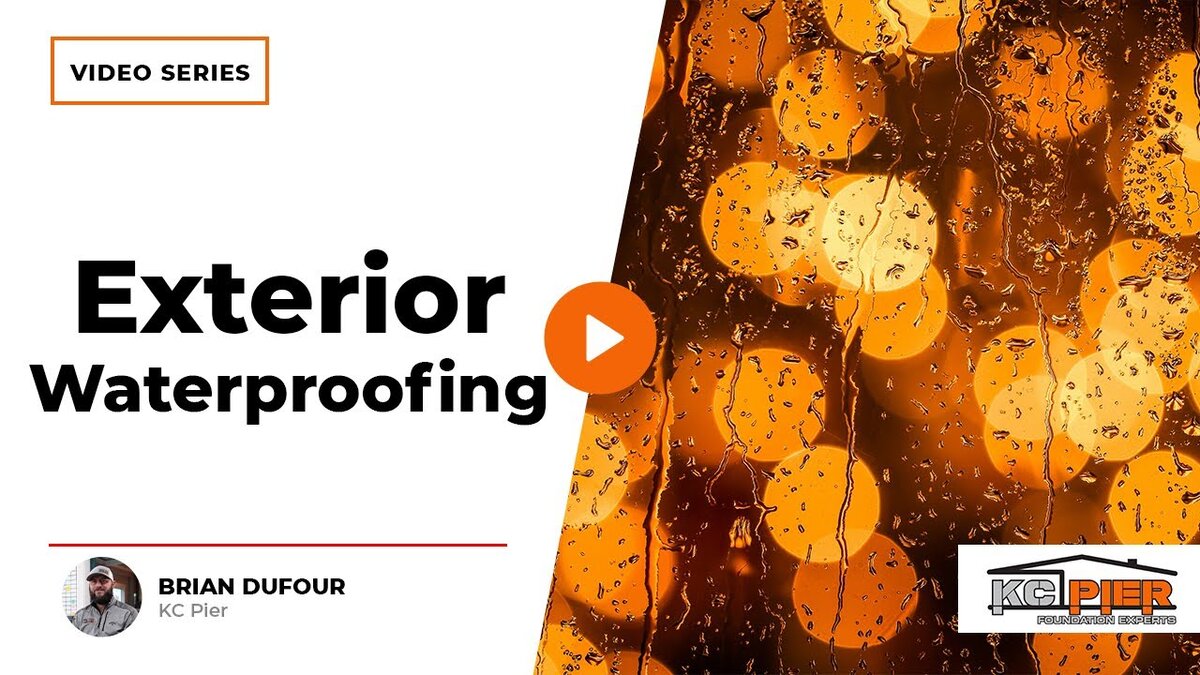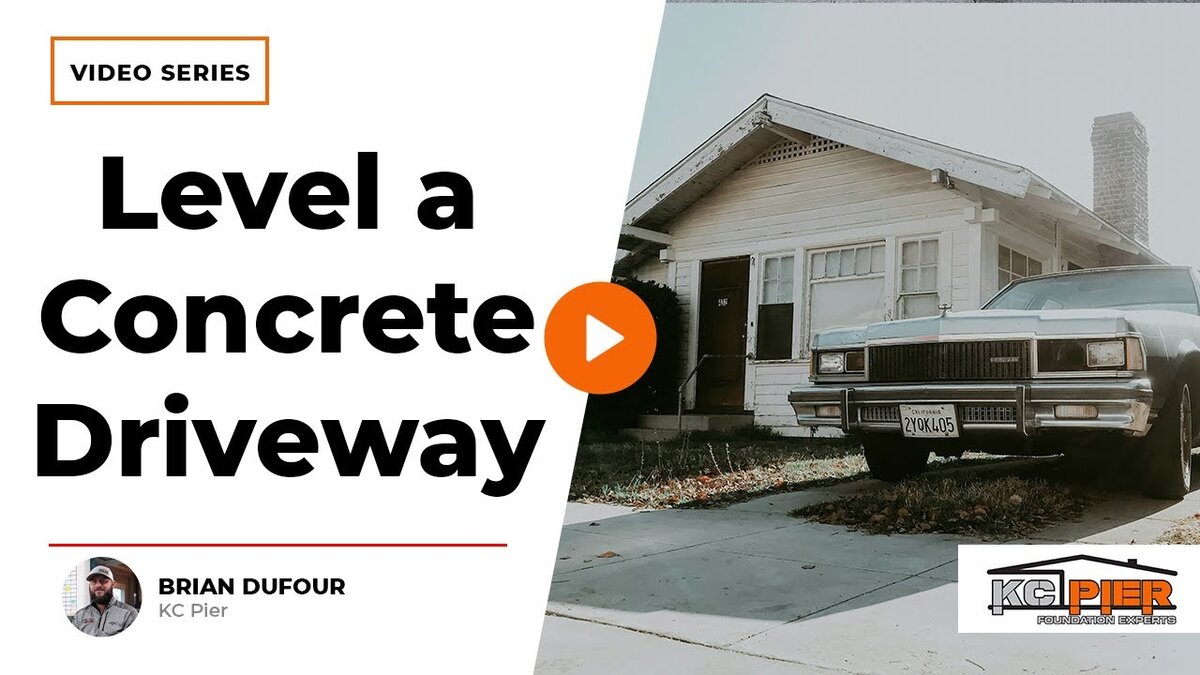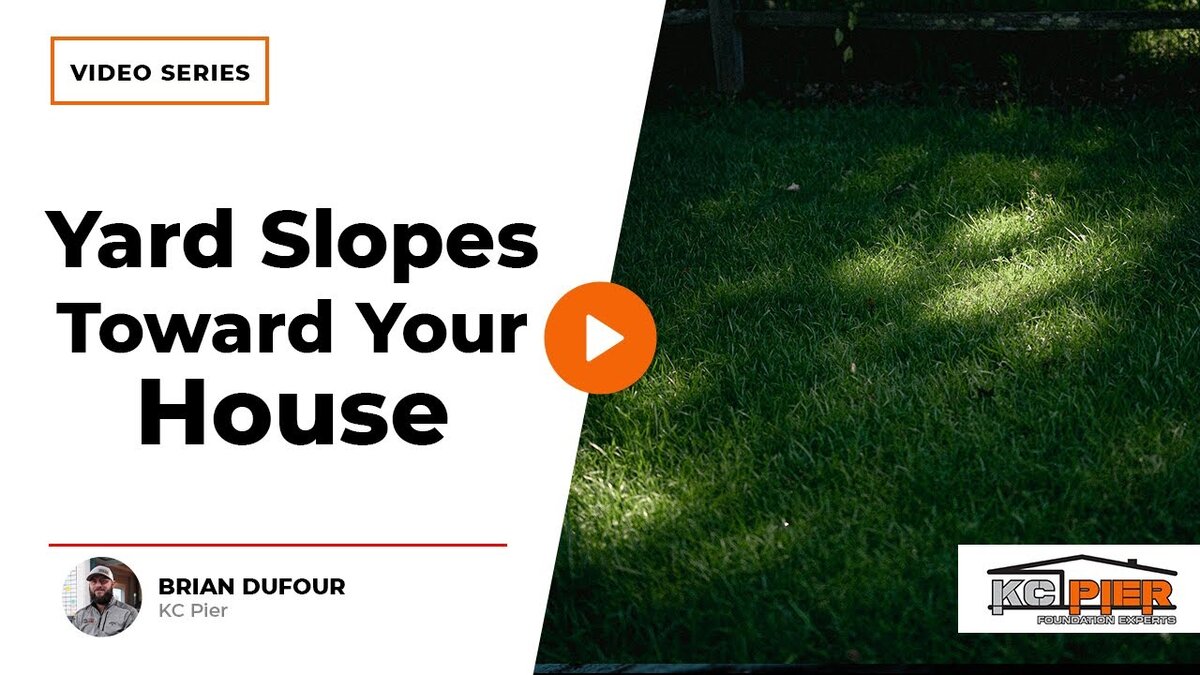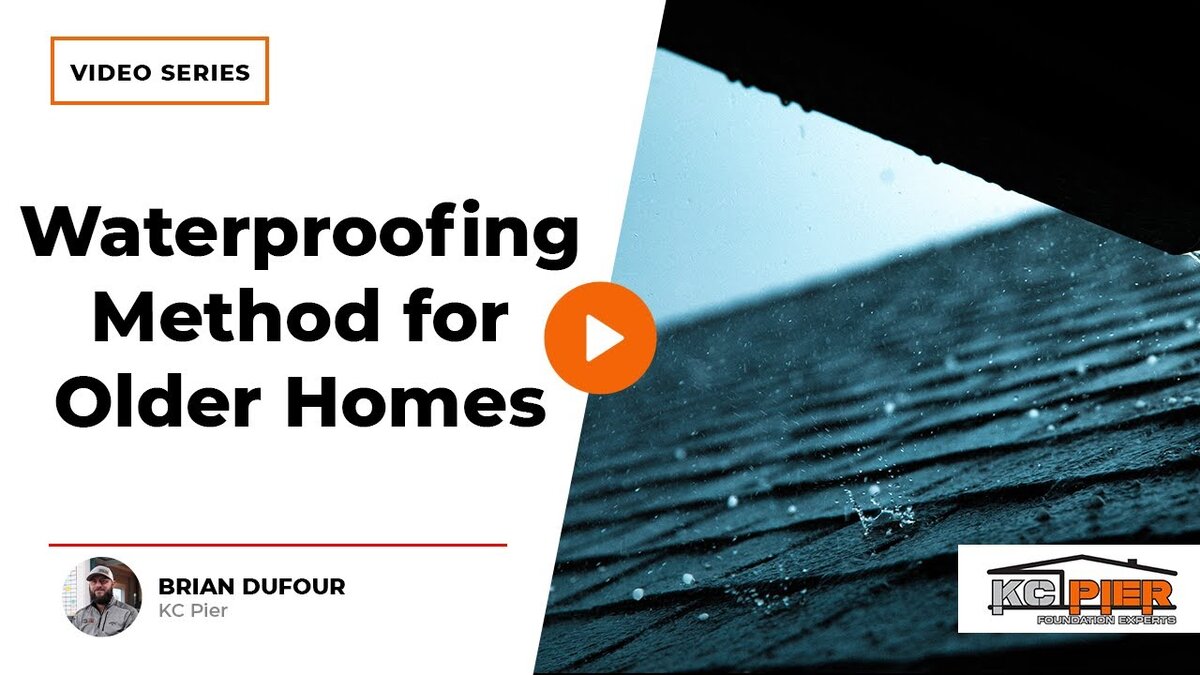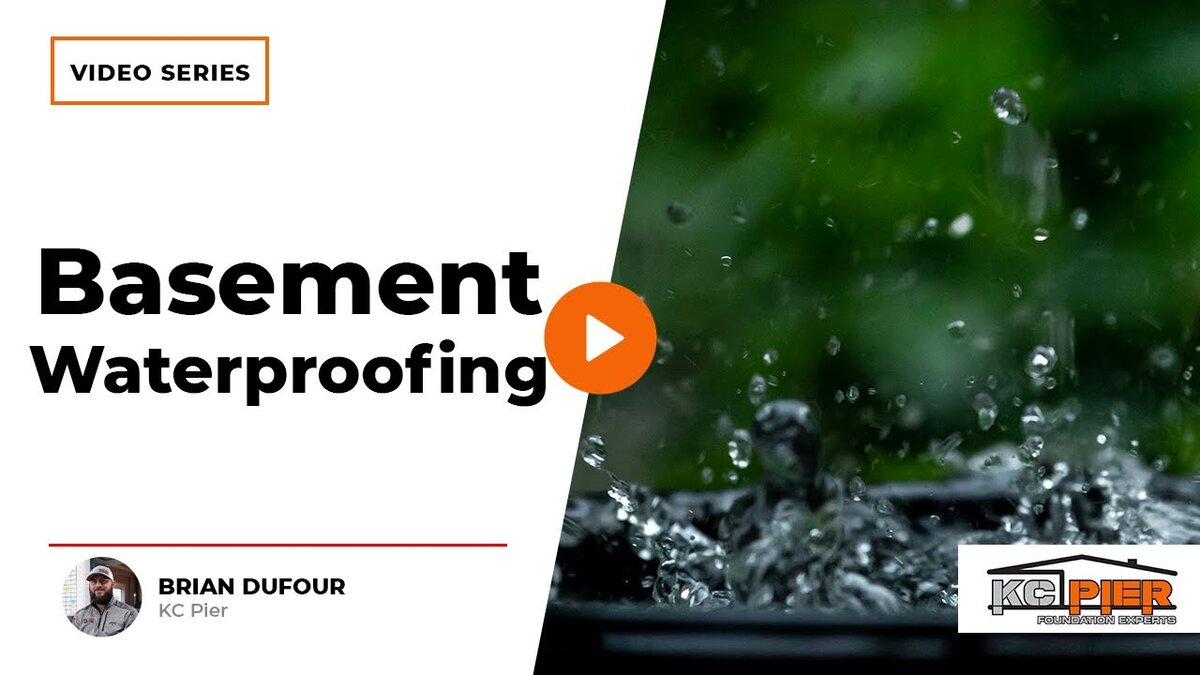When the ground beneath your home shifts, it’s a race against time to repair and secure your foundation. Helical piers can be the unsung heroes in these scenarios, offering a robust solution for homeowners struggling with unsettling foundation issues. But how many of these piers are really needed? This guide will help you understand the essentials of helical pier installation, ensuring your home gets back on solid ground.
Factors Determining the Number of Helical Piers Needed
The number of helical piers required to repair a foundation primarily depends on the amount of settlement your home has experienced. Homes settle differently, and if not addressed promptly, the number of piers needed can increase significantly. Here are the key factors that influence the number of helical piers required:
- Extent of Settlement: The more your home has settled, the more piers you will need. Homes settle at different rates and in different ways, affecting the number of helical piers required.
- Spacing Standards: The industry standard for helical piers is one every 5 to 6 feet. Depending on the distance and the severity of the settlement, the number of helical piers can vary.
- Soil Conditions: Different soil types and conditions can impact the number of helical piers needed. For example, sandy soils require more piers due to the lack of pressure resistance.
- Foundation Type: The design and construction of your foundation will also influence how many piers are necessary.
Installation Process of Helical Piers
Understanding the installation process of helical piers can provide insight into why the number and placement of these piers are crucial. Here’s a step-by-step overview of the process:
- Excavation: The area around the foundation is excavated to expose the footing.
- Footing Section Removal: A section of the footing is removed to place the helical pier bracket against the wall.
- Helical Pier Installation: Using hydraulic equipment, the helical pier is torqued into the ground. This process is repeated every 3 feet with galvanized sections bolted together until the desired specs are reached.
- Cutting and Head Assembly: Once the required depth and torque are achieved, the piers are cut to the needed level, and the head assembly is installed.
- Recovery Process: The final step involves starting the recovery process to lift and stabilize the foundation.
Helical Piers in Different Soil Types
Helical piers are versatile and can be used in various soil conditions, but they are particularly effective in certain environments:
- Sandy Soils: In areas like Florida with sandy soil, helical piers are the preferred choice. They provide the necessary friction torque to stabilize structures where hydraulic pressure alone would be ineffective. In sandy soils, hydraulic piers can sink too deeply without providing the needed stability, whereas helical piers achieve the necessary friction to hold the foundation in place.
- Waterlogged Areas: In regions with high water tables, such as New Orleans, helical piers prevent the foundation from losing stability by providing a firm grip on the underlying soil. Traditional piers might push down too far in these conditions, but helical piers expand and lock into the soil to prevent further sinking.
The Purpose and Design of Helical Piers
Helical piers have been around for over 100 years and serve specific purposes in foundation repair:
- Southern Markets: Helical piers are particularly useful in southern states with different soil compositions and foundation types. For example, in Texas, Alabama, and Louisiana, homes often have monolithic pours, where the footing and slab are poured together. This makes helical piers easier to install without breaking the footing.
- Versatility: The design of helical piers includes a torque mechanism that allows them to widen and adapt to different soil conditions, providing the necessary support even in challenging environments.
Helical Piers vs. Other Piers
While helical piers are effective, they are not always the first choice for every foundation repair scenario:
- Concentrically Loaded Piers: These are driven directly under the wall at a 90-degree angle, using the existing structure as a counter load. This method avoids breaking the footing and is preferred in many cases. This direct load transfer ensures stability and avoids potential damage to the existing foundation.
- Hydraulic Piers: These are pressure-driven and used in areas where soil conditions do not favor helical piers. They work well in cohesive soils but may not be suitable for sandy or loose soils where helical piers excel.
In Summary
Determining how many helical piers you need to repair a foundation depends on various factors, including the extent of settlement, soil conditions, and foundation type. The installation process is meticulous and must be handled by professionals to ensure the longevity and stability of your home.
If you’re facing foundation issues, contact us for a detailed assessment and expert advice.


